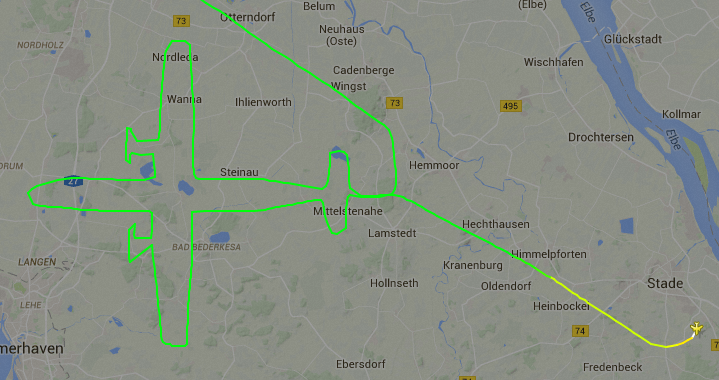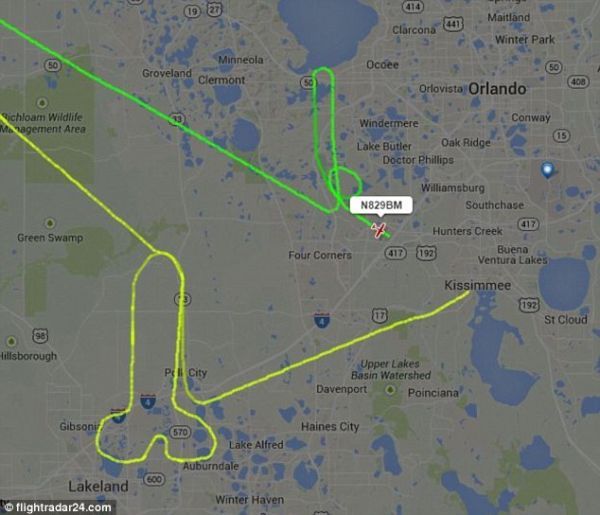Airborne_Again wrote:
it was not at all clear what you meant
What I meant was that a national AA or EASA for that matter cannot certify an aircraft for IFR. This has been a common misconception, probably due to various rules and airspace requirements throughout the world combined with import/export of used aircraft with various equipment installed. The pilot simply has to make sure he has the correct equipment and avionics for each flight in each airspace. Today it seems to me this is simpler to understand, because the requirements are in terms of function (B-RNAV for instance), not in terms of particular equipment.
Peter wrote:
the original permit does not restrict to VFR
This is not necessarily true. It is not the permit that restricts the aircraft, it is the permit itself that does not allow for other than day VFR (for instance) to be flown while the aircraft is operated only on a permit. I can import an RV or Lancair from the UK (built and operated there), get it on LN-reg with an experimental C of A from the CAA. Then I can install some fancy GTN and fly IFR all I (or rather someone else, since I dont have the rating  ) want without a “permission” or “certification” by the CAA.
) want without a “permission” or “certification” by the CAA.
Peter wrote:
this is an old Q which has AFAIK never been settled (“does flying an IAP mean you are IFR?”)
I don’t know the old debate, but isn’t it fairly obvious that if you intend to and do respect all the visual flight rules, then you are VFR, whether you follow the trajectory of an IAP or fly eights or paint such pictures in the sky?

get it on LN-reg
Then you get a different permit, to the original G-reg (LAA) one.
Same the other way: bring in an N-reg Lancair (no VFR limitation) and put it on the UK LAA G-reg, and you get a “VFR only” limitation. This leads to the current, slowly moving, UK LAA IFR programme
isn’t it fairly obvious that if you intend to and do respect all the visual flight rules, then you are VFR, whether you follow the trajectory of an IAP
One would think so…
paint such pictures in the sky?
Did someone actually do that? That’s amazing!
Peter wrote:
Did someone actually do that?
Yes, it’s a screenshot from flightradar24.
Peter wrote:
Then you get a different permit
Hence the original permit means nothing.
LeSving wrote:
That is a different issue, as Silvaire explained. An aircraft may very well be restricted to VFR only by the manufacturer. The point the CAA was making is that they do not certify aircraft for IFR.
The Type Certificate Data sheet and the POH Limitations section (which contains the placards) prevent legal IFR operation of some certified aircraft. Those are government controlled data, and therefore any legal limitation to VFR is government controlled. Government may not certify the aircraft type for IFR (now, or in the past) but they do (or did) in some cases limit its use to VFR.
I think a key issue here is that regardless of how the aircraft type was certified (and as Peter writes occasionally when describing regulatory constraints), unless IFR is explicitly not allowed by the TCDS and POH, or the operating limitations issued for an individual non-certified aircraft, it is allowed. That assumes the individual aircraft is equipped for IFR.
Peter wrote:
Homebuilts can fly IFR if (among other bullets posted by Peter) … the owner(s) of the airspace(s) don’t explicitly prohibit IFR in a non-CofA
(Bold added by me)
It is only in some countries like UK that non-certified aircraft don’t receive a Certificate of Airworthiness, as a result of Permit to Fly regimes that don’t exist in other places where all aircraft individually receive permanent airworthiness certificates. It seems to me that a better general description that also avoids non-regulatory ICAO Annex-Whatever phraseology is simply “non-certified aircraft”. I believe there is a distinction between the words certified and certificated in aviation regulation.
Silvaire wrote:
It seems to me that a better general description that also avoids non-regulatory ICAO Annex-Whatever phraseology is simply “non-certified aircraft”.
Yes, the use of “permit” really confuses things, and is also what I was aiming at. It is not that the aircraft is not “IFR Worthy” (in lack of a better word), but rather that the permit itself restricts how it can be operated. In Norway, experimental aircraft receives a “permit to fly” once it is built. Then, when the test hours are flown (25 h usually), manuals are written etc. it receives a C of A. While the aircraft only has a permit, it can only fly day VFR because that is one of the restrictions of the permit to fly system. The permit is only valid for one year at a time. The C of A is exactly that, a certificate of airworthiness. We call it a “special” C of A to differentiate it from a “normal” C of A. The reason is that a normal C of A can be used commercially and is standardized (certified in design, construction, equipment, performance), while experimental aircraft in principle are all one offs, and therefore meaningless to standardize/certify.
You could say that a “special” C of A is equivalent to a “permit” in the UK, but that is not the case, not for practical matters and not for legal matters.The airplanes however, are the same, so importing/exporting experimental aircraft can cause interesting results in how it can be used. Therefore the original “permit” means nothing. Also, the IFR “certified” Lancair makes little sense, except perhaps in Spain where the authority may actually give experimental aircraft a certificate that shows it can be flown IFR for all I know. Importing that plane to Norway, it makes no difference. As soon as it has LN-reg, and it is equipped properly, it can fly IFR (it could also do that on EC-reg, if the equipment was OK).
I am not sure what this statement was about or who it was directed to, but I guess he made made his point although the artistic quality is somewhat poor:

There was one in the news in Scandinavia about the track of a Norwegian Airline en-route to Stockholm a couple of years ago. Makes you really wonder whether they are real or just hoaxes.
LeSving wrote:
No The CAA made this perfectly clear a few years back, particularly since this is a common misconception among private pilots. See here. Third paragraph. In Norway, no such certification exist at least.
Yes, there is. No matter what it’s called. E.g. one requirement for IFR that is not equipment related is lightning protection. This is especially an issue with composite aircraft and one that was discussed when it came to IFR for VLAs (basically the idea was for them to comply with the relevant bits of CS23 and there it’s required) because it probably wouldn’t be viable for the manufacturers to modify their designs to comply with this (IIRC, there was a proposal that there could be a limitation forbidding you flight into areas with lightning activity and possibly mandating something like stormscope). This is moot in experimental designs as they are experimental.  However, whoever issues the permit (PS: or certificate of airworthiness) might limit you to VFR.
However, whoever issues the permit (PS: or certificate of airworthiness) might limit you to VFR.